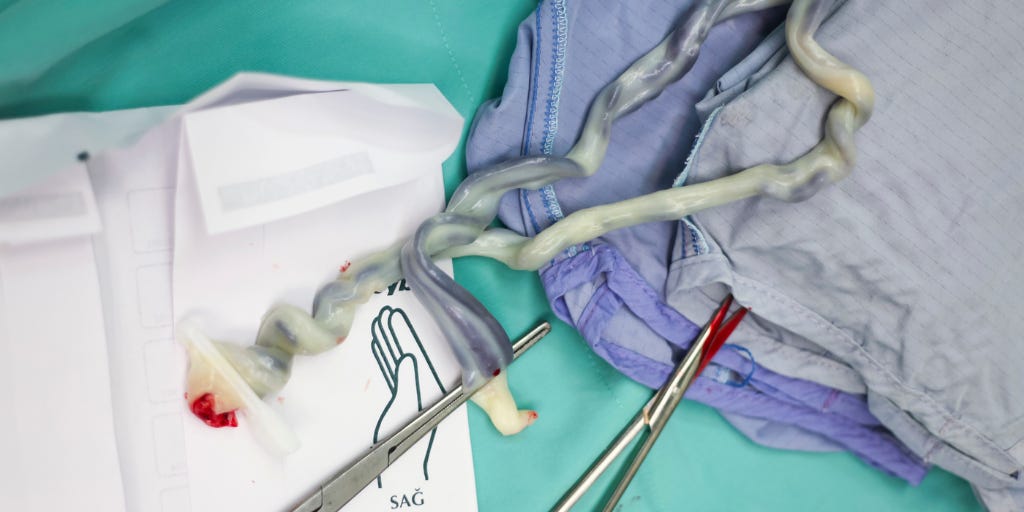Is There A Future For Patients With Congenital Heart Defects?
Written by Lordina Yelioni
I once came across a TV program featuring an 11-year-old boy who lived with a hole in his heart. The boy experienced fainting spells every minute, which was deeply unsettling. I wondered if there was hope for such a young child facing such a challenge. The good news is that thanks to advances in medical science, the future for patients with congenital heart defects is more promising than ever.
What Is Congenital Heart Defects?
Congenital heart defects refers to as"Hole in the heart" characterised by abnormal openings in the heart's walls. The two main types are atrial septal defect (ASD), which is an opening between the left and right atria that allows oxygen-rich blood to mix with oxygen-poor blood, and ventricular septal defect (VSD), an opening between the left and right ventricles causing similar blood mixing. These conditions can lead to increased blood flow to the lungs, strain on the heart, and a range of symptoms from mild to severe.
Causes and Risk Factors
Genetic Factors: Some congenital heart defects are linked to genetic conditions, where mutations or changes in specific genes can affect the heart's development. For instance, certain chromosomal abnormalities, such as those found in Down syndrome, significantly increase the risk of heart defects. Additionally, a family history of congenital heart defects may also raise the likelihood of these conditions being passed down to offspring.
Environmental Factors: Exposure to harmful substances during pregnancy can play a role in the development of congenital heart defects. For example, the use of certain medications, alcohol, or drugs by the mother during pregnancy can interfere with the normal development of the fetus’s heart. Environmental toxins, such as those from cigarette smoke or chemicals, can also increase the risk.
Innovative Treatments
Advancements in the treatment of congenital heart defects (CHD) have significantly improved patient outcomes, with less invasive and more effective solutions. Minimally invasive surgeries, such as catheter-based interventions, are now commonly used to repair defects like atrial and ventricular septal defects without the need for open-heart surgery.
Genetic therapies are another area of rapid development, it focus on correcting the underlying genetic mutations that cause CHD. These therapies involve techniques like CRISPR, which can edit the genes responsible for heart defects, potentially offering long-term solutions that go beyond managing symptoms.
Conclusion
The future for patients with a hole in the heart is increasingly promising due to advancements in diagnosis, treatment, and ongoing research. I believe with continued innovation and improved treatment strategies, individuals with congenital heart defects can look forward to a better quality of life and a hopeful prognosis.
References
American Heart Association. (2022). Congenital Heart Defects. American Heart Association - Congenital Heart Defects
Van der Linde, D., et al. (2011). Birth prevalence of congenital heart disease worldwide: A systematic review and meta-analysis. Journal of the American College of Cardiology, 58(21), 2241-2247. doi: 10.1016/j.jacc.2011.08.029
Mack, A., et al. (2017). CRISPR-Cas9 genome editing: A review of the technology and applications. The Journal of Biological Chemistry, 292(17), 6885-6895. doi: 10.1074/jbc.R116.765464
Written by Lordina Yelioni from MEDILOQUY


